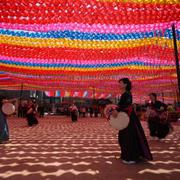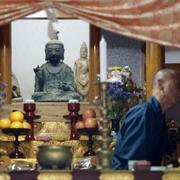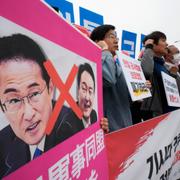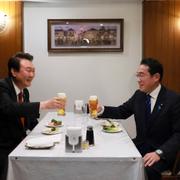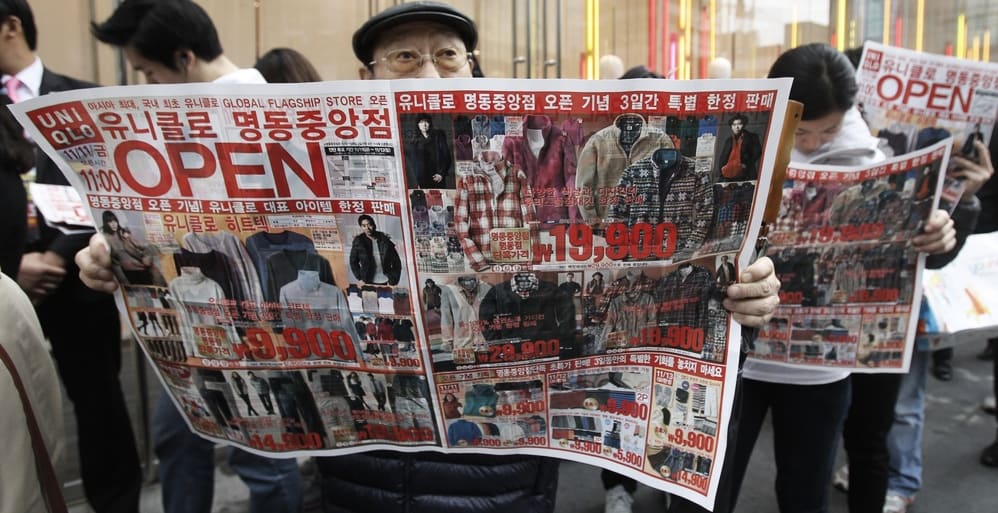
Annons väcker liv i bråket mellan Japan och Sydkorea
En annons från japanska klädjätten Uniqlo har väckt liv i bråket mellan Sydkorea och den forna kolonialmakten Japan. Annonsen sägs göra sig lustig över de sydkoreaner som exploaterades i tvångsarbete och som sexarbetare under kriget.
En Youtube-video som parodierar annonsen har blivit viral och upprörda konsumenter kräver nu att Uniqlo ska be om ursäkt.
Uniqlo drog tillbaka annonsen i lördags och en företrädare för bolaget, som vill vara anonym, säger till Reuters att det inte hade funnits någon som helst intention att anspela på ”comfort women” eller dispyten mellan de två länderna.
Uniqlo är redan sedan tidigare bojkottat av sydkoreanska konsumenter på grund av den gamla konflikten som blossade upp igen förra året. Anledningen var att en sydkoreansk domstol fann att japanska bolag var skyldiga att utbetala ersättning till personer som använts som tvångsarbetare under kriget.
